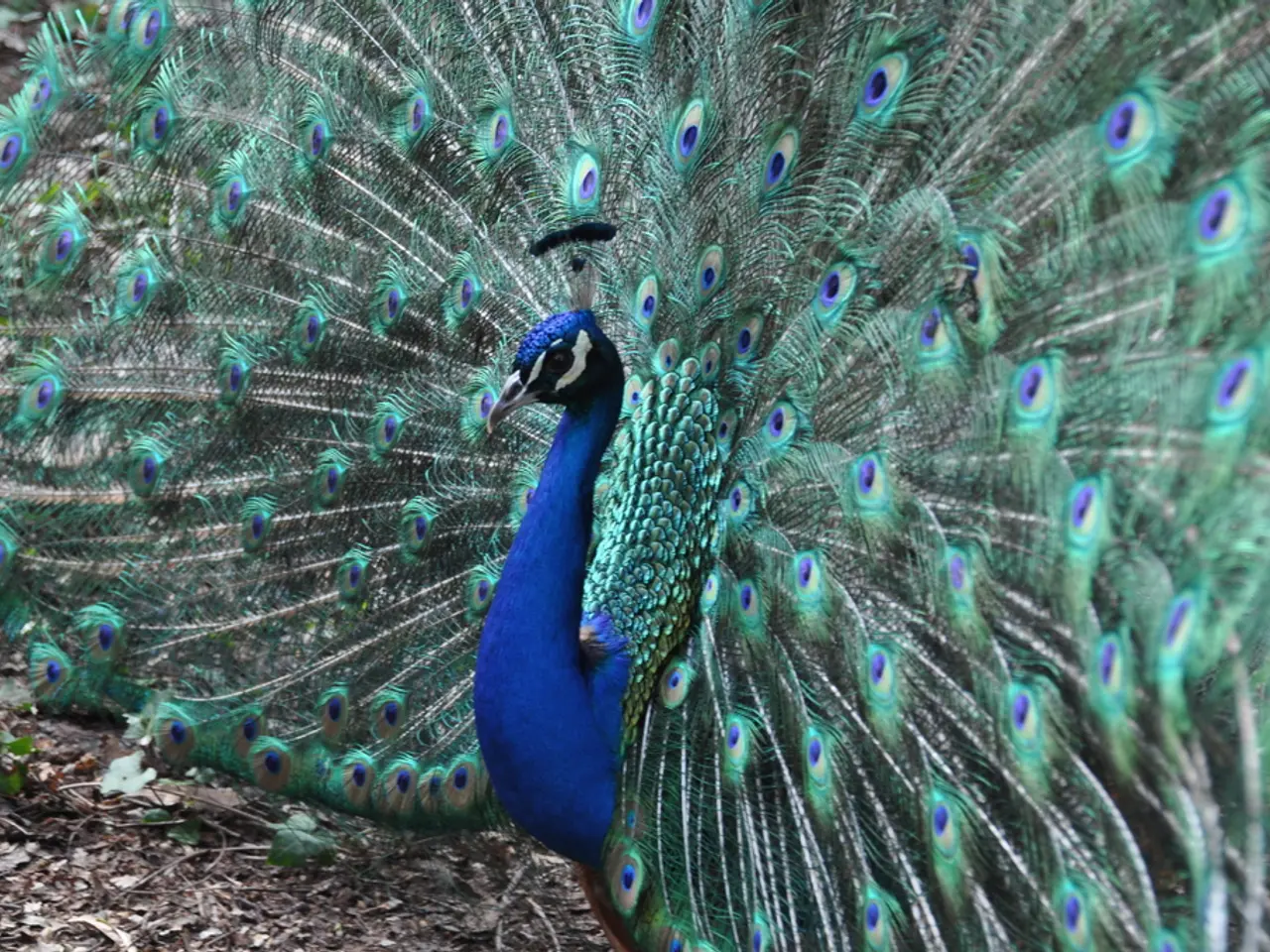Harvesting from Hop Hornbeam Trees
Ready for a wild delight? Let's talk about hop hornbeam!
This lesser-known tree, Ostrya virginiana, is often overlooked by foresters but thrives in hardwood forests across eastern North America. Its unique, seed-filled "hops" draw in foragers, woodcrafters, and herbalists.
But hop hornbeam offers more than just a tasty snack. It provides food, medicine, and fantastic firewood for those who take the time to know it better. So let's dive into this versatile tree!
Hop Hornbeam: More Than Meets the Eye
With a hardy reputation and a growth habit that's often crooked or leaning, hop hornbeam reaches heights of up to 50 feet and a diameter of 2.5 feet. Look for it among deciduous forests, especially on slopes and rocky hillsides. Hop hornbeam avoids the limelight, but rest assured, it's not useless!
Nutritional Delight: Edible Seeds
The star of the show for foragers are the small, edible seeds found inside hop hornbeam's hop-like catkins. At first glance, these might not seem like much, but birds and small woodland mammals would beg to differ – they rely on them as a food source. People can enjoy them too! Gather ripe seeds from mid to late October and snack on them raw or roast them for added flavor.
Medicinal Magic: Pain Relief and Inflammation
For centuries, Indigenous North American cultures have turned to hop hornbeam for medicinal benefits. The bark is rich in compounds that have provided relief for arthritis, toothaches, and sore muscles through topical applications and baths[2].
Forest Silverback: A Vital Part of the Ecosystem
A valuable member of the understory ecosystem, hop hornbeam grows alongside linden, ash, and hemlock. In doing so, it helps maintain the structure and diversity of deciduous forests. And once you've added it to your wild food arsenal, you'll appreciate its worth even more!
Perfect for Crafting: Toolmaking and More
Beyond providing food and medicine, hop hornbeam's hardwood has long been valued for crafting tools. Its toughness makes it an ideal choice for toolmakers. So next time you're foraging, don't forget to keep an eye out for this surprisingly helpful tree!
[1] Sources: Native American Ethnobotany by Daniel Moerman[2] Sources: Native American Ethnobotany by Daniel Moerman, Sibley Tree Book[3] Personal Observation[4] Reference: Field Guide to Trees of Western North America by Michael Moore and Richard Wiese[5] Reference: National Forest Service
- For those interested in foraging, hop hornbeam offers a delicious and nutritious snack in the form of edible seeds found in its hop-like catkins, making it a valuable addition to a food-and-drink lifestyle.
- Moreover, the hardwood of this versatile tree is perfect for home-and-garden projects due to its toughness, and it's often used by woodcrafters for toolmaking, further enhancing its importance in the lifestyle of those who enjoy a closer connection with nature.




